Using a proteomics approach, Drs. Paulo and Gygi from the Harvard Medical School provide evidence that nicotine exposure changes the abundance of membrane proteins implicated in signal transduction and autophagy.


Using a proteomics approach, Drs. Paulo and Gygi from the Harvard Medical School provide evidence that nicotine exposure changes the abundance of membrane proteins implicated in signal transduction and autophagy.
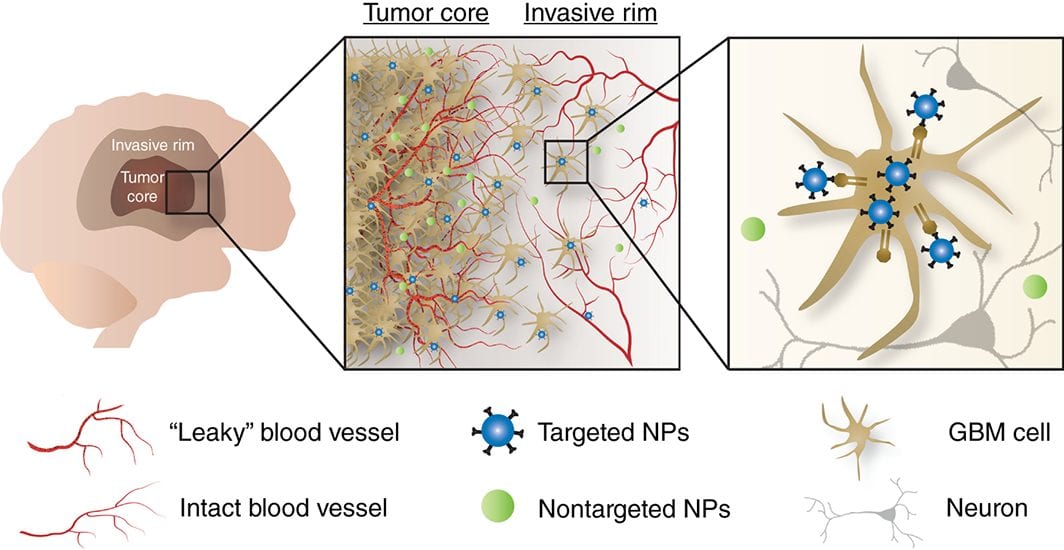
In an effort to overcome barriers to the treatment of glioblastoma (GBM), targeted nanotherapeutics have emerged as promising drug delivery systems with the potential to improve pharmacokinetic profiles and therapeutic efficacy.
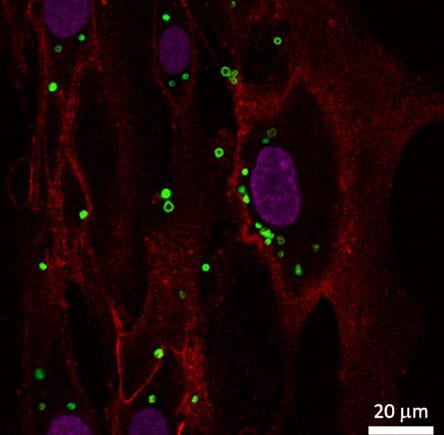
Scientists from Tomsk Polytechnic University have obtained magnetic stem cells with low toxicity and enough stable for gene engineering applications.
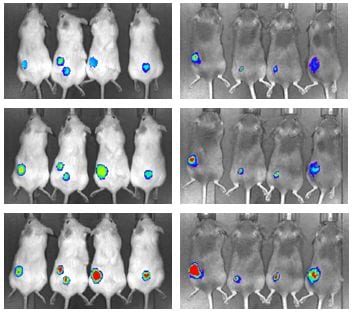
Silver nanoparticles are a more effective cancer treatment in immune competent mice.
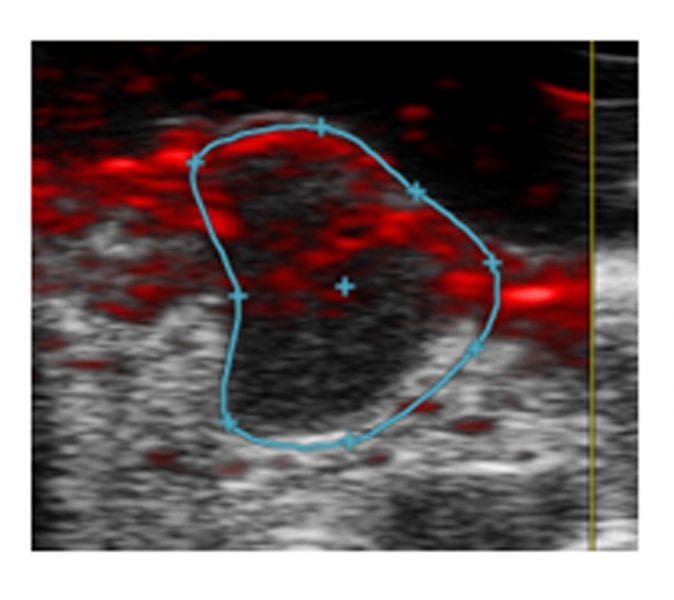
A novel melanin-based contrast agent may help assess the tumor vasculature after antiangiogenic treatment via Dynamic Contrast Enhanced Photoacoustic Imaging.
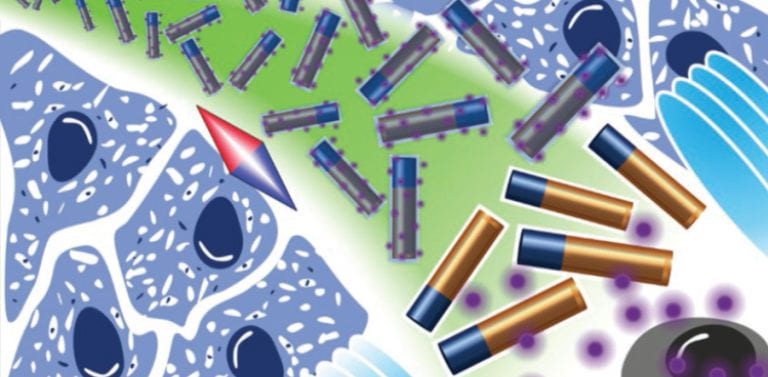
Salvador Pané and colleagues demonstrate core–shell magnetoelectric nanowires that can be triggered using different magnetic fields for targeted drug delivery to kill cancer cells.

Researchers collaborating between the USA and the Netherlands have adapted a technique typically used for the removal of process-related impurities in order to separate out product-related impurities.
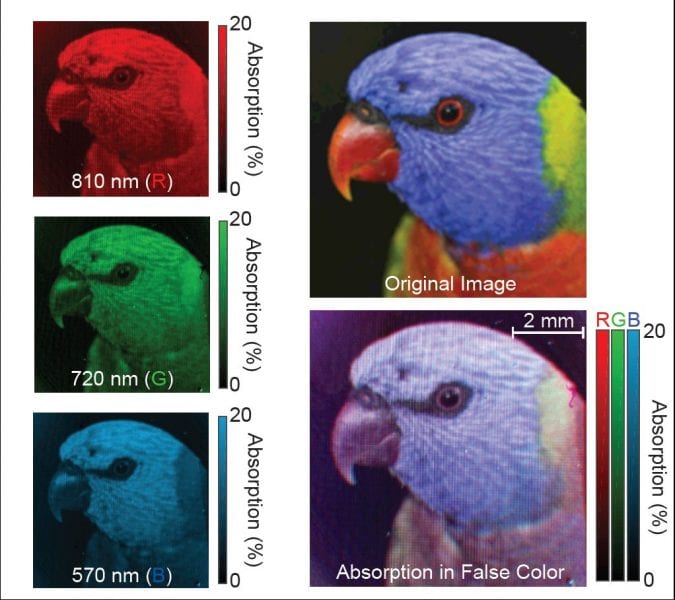
Multispectral imaging with metasurface pixels using a multiscale fabrication approach.

John Rogers and his team report a colorimetric epidermal UV dosimeter and temperature sensor with integrated Near Field Communication (NFC) capabilities.
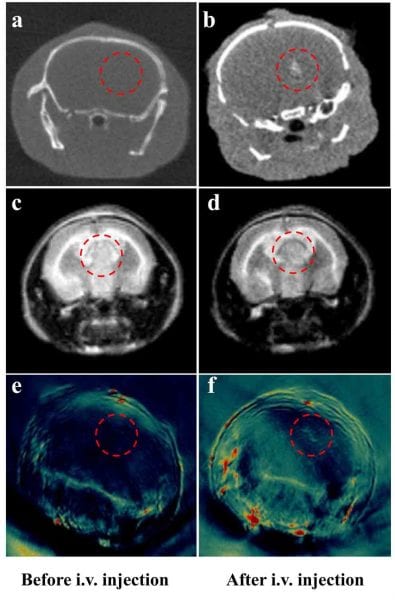
Researchers present the use of Au@MIL-88(Fe) nanoparticles that serve as triple-modality imaging agents, in CT, MRI, and PA imaging of gliomas.